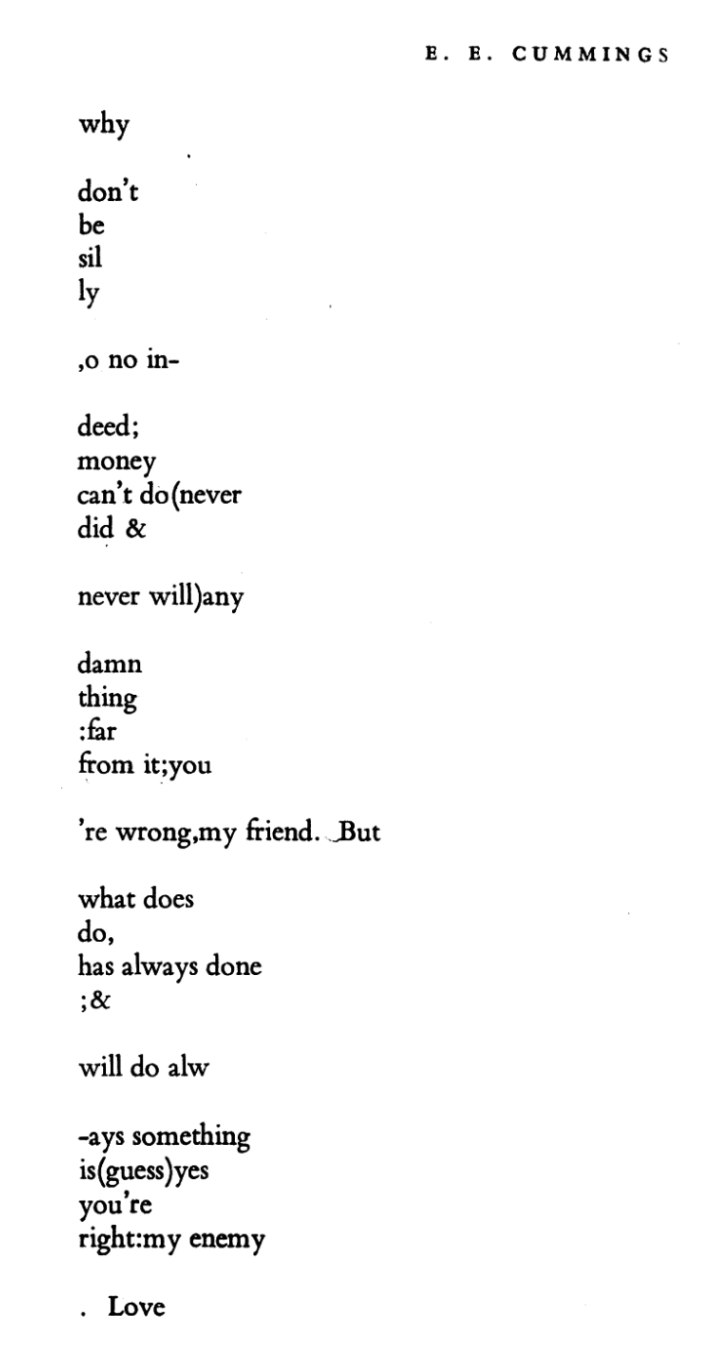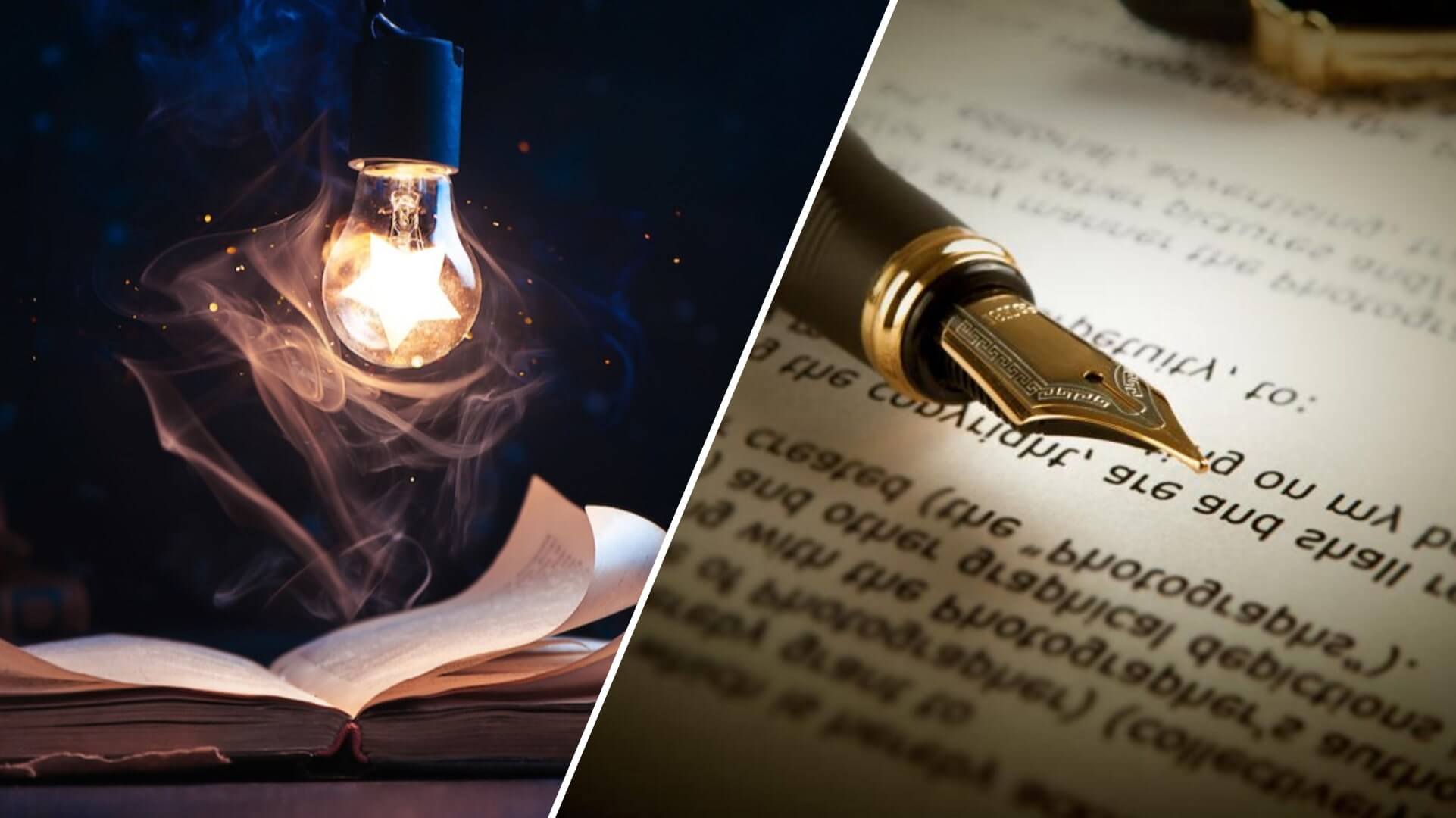Prose can be a rather general literary term that many use to describe all types of writing. However, prose by definition pertains to specific qualities of writing that we will dive into in this article. What is the difference between prose and poetry and what is prose used for? Let’s define this essential literary concept and look at some examples to find out.
What is Prose in Literature?
First, let’s define prose
Prose is used in various ways for various purposes. It's a concept you need to understand if your goal to master the literary form. Before we dive in, it’s important to understand the prose definition and how it is distinguished from other styles of writing.
PROSE DEFINITION
What is prose?
In writing, prose is a style used that does not follow a structure of rhyming or meter. Rather, prose follows a grammatical structure using words to compose phrases that are arranged into sentences and paragraphs. It is used to directly communicate concepts, ideas, and stories to a reader. Prose follows an almost naturally verbal flow of writing that is most common among fictional and non-fictional literature such as novels, magazines, and journals.
Four types of prose:
- Nonfictional prose
- Fictional prose
- Prose poetry
- Heroic prose
Prose Meaning
Prose vs poetry
To better understand prose, it’s important to understand what structures it does not follow which would be the structure of poetry. Let’s analyze the difference between prose vs poetry.
Poetry
Poetry follows a specific rhyme and metric structure. These are often lines and stanzas within a poem. Poetry also utilizes more figurative and often ambiguous language that purposefully leaves room for the readers’ analysis and interpretation.
Finally, poetry plays with space on a page. Intentional line breaks, negative space, and varying line lengths make poetry a more aesthetic form of writing than prose.
Take, for example, the structure of this [Why] by E.E. Cummings. Observe his use of space and aesthetics as well as metric structure in the poem.

E.E. Cummings Poem
E.E. Cummings may be one of the more stylish poets when it comes to use of page space. But poetry is difference in structure and practice than prose.
Prose
Prose follows a structure that makes use of sentences, phrases, and paragraphs. This type of writing follows a flow more similar to verbal speech and communication. This makes it the best style of writing to clearly articulate and communicate concepts, events, stories, and ideas as opposed to the figurative style of poetry.
What is Prose in Literature?
Take, for example, the opening paragraph of JD Salinger’s The Catcher in the Rye. We can tell immediately the prose is written in a direct, literal way that also gives voice to our protagonist.
If you really want to hear about it, the first thing you’ll probably want to know is where I was born, and what my lousy childhood was like, and how my parents were occupied and all before they had me, and all that David Copperfield kind of crap, but I don’t feel like going into it, if you want to know the truth.
From this example, you can see how the words flow more conversationally than poetry and is more direct with what information or meaning is being communicated. Now that you understand the difference between poetry, let’s look at the four types of prose.
Related Posts
Prose Examples
Types of prose
While all four types of prose adhere to the definition we established, writers use the writing style for different purposes. These varying purposes can be categorized into four different types.
Nonfictional prose
Nonfictional prose is a body of writing that is based on factual and true events. The information is not created from a writer’s imagination, but rather true accounts of real events.
This type can be found in newspapers, magazines, journals, biographies, and textbooks. Anne Frank: The Diary of a Young Girl, for example, is a work written in nonfictional style.
Fictional prose
Unlike nonfictional, fictional prose is partly or wholly created from a writer’s imagination. The events, characters, and story are imagined such as Romeo and Juliet, The Adventures of Tom Sawyer, or Brave New World. This type is found as novels, short stories, or novellas.
Heroic prose
Heroic prose is a work of writing that is meant to be recited and passed on through oral or written tradition. Legends, mythology, fables, and parables are examples of heroic prose that have been passed on over time in preservation.
Prose poetry
Finally, prose poetry is poetry that is expressed and written in prose form. This can be thought of almost as a hybrid of the two that can sometimes utilize rhythmic measures. This type of poetry often utilizes more figurative language but is usually written in paragraph form.
An example of prose poetry is “Spring Day” by Amy Lowell. Lowell, an American poet, published this in 1916 and can be read almost as hyper short stories written in a prose poetry style.
The first section can be read below:
"Bath
The day is fresh-washed and fair, and there is a smell of tulips and narcissus in the air.
The sunshine pours in at the bath-room window and bores through the water in the bath-tub in lathes and planes of greenish-white. It cleaves the water into flaws like a jewel, and cracks it to bright light.
Little spots of sunshine lie on the surface of the water and dance, dance, and their reflections wobble deliciously over the ceiling; a stir of my finger sets them whirring, reeling. I move a foot, and the planes of light in the water jar. I lie back and laugh, and let the green-white water, the sun-flawed beryl water, flow over me. The day is almost too bright to bear, the green water covers me from the too bright day. I will lie here awhile and play with the water and the sun spots.
The sky is blue and high. A crow flaps by the window, and there is a whiff of tulips and narcissus in the air."
While these four types of prose are varying ways writers choose to use it, let’s look at the functions of them to identify the strengths of the writing style.
Related Posts
What Does Prose Mean in Writing
Function of prose in literature
What is prose used for and when? Let’s say you want to tell a story, but you’re unsure if using prose or poetry would best tell your story.
To determine if the correct choice is prose, it’s important to understand the strengths of the writing style.
Direct communication
Prose, unlike poetry, is often less figurative and ambiguous. This means that a writer can be more direct with the information they are trying to communicate. This can be especially useful in storytelling, both fiction and nonfiction, to efficiently fulfill the points of a plot.
Curate a voice
Because prose is written in the flow of verbal conversation, it’s incredibly effective at curating a specific voice for a character. Dialogue within novels and short stories benefit from this style.
Think about someone you know and how they talk. Odds are, much of their character and personality can be found in their voice.
When creating characters, prose enables a writer to curate the voice of that character. For example, one of the most iconic opening lines in literature informs us of what type of character we will be following.
Albert Camus’ The Stranger utilizes prose in first person to establish the voice of the story’s protagonist.
“Mother died today. Or, maybe, yesterday; I can’t be sure. The telegram from the Home says: YOUR MOTHER PASSED AWAY. FUNERAL TOMORROW. DEEP SYMPATHY. Which leaves the matter doubtful; it could have been yesterday.”
Build rapport with the reader
Lastly, in addition to giving character’s a curated voice, prose builds rapport with the reader. The conversational tone allows readers to become familiar with a type of writing that connects them with the writer.
A great example of this is Hunter S. Thompson’s Hell’s Angels. As a nonfiction work written in prose, Thompson’s voice and style in the writing is distinct and demands a relationship with the reader.
Whether it is one of contradiction or agreement, the connection exists through the prose. It is a connection that makes a reader want to meet or talk with the writer once they finish their work.
Prose is one of the most common writing styles for modern writers. But truly mastering it means understanding both its strengths and its shortcomings.
Related Posts
Up Next
Different Types of Poems
Curious about learning about the counterpart to prose? In our next article we dive in different types of poems as well as different types of poem structures. Check out the complete writer’s guide to poetry types up next.
